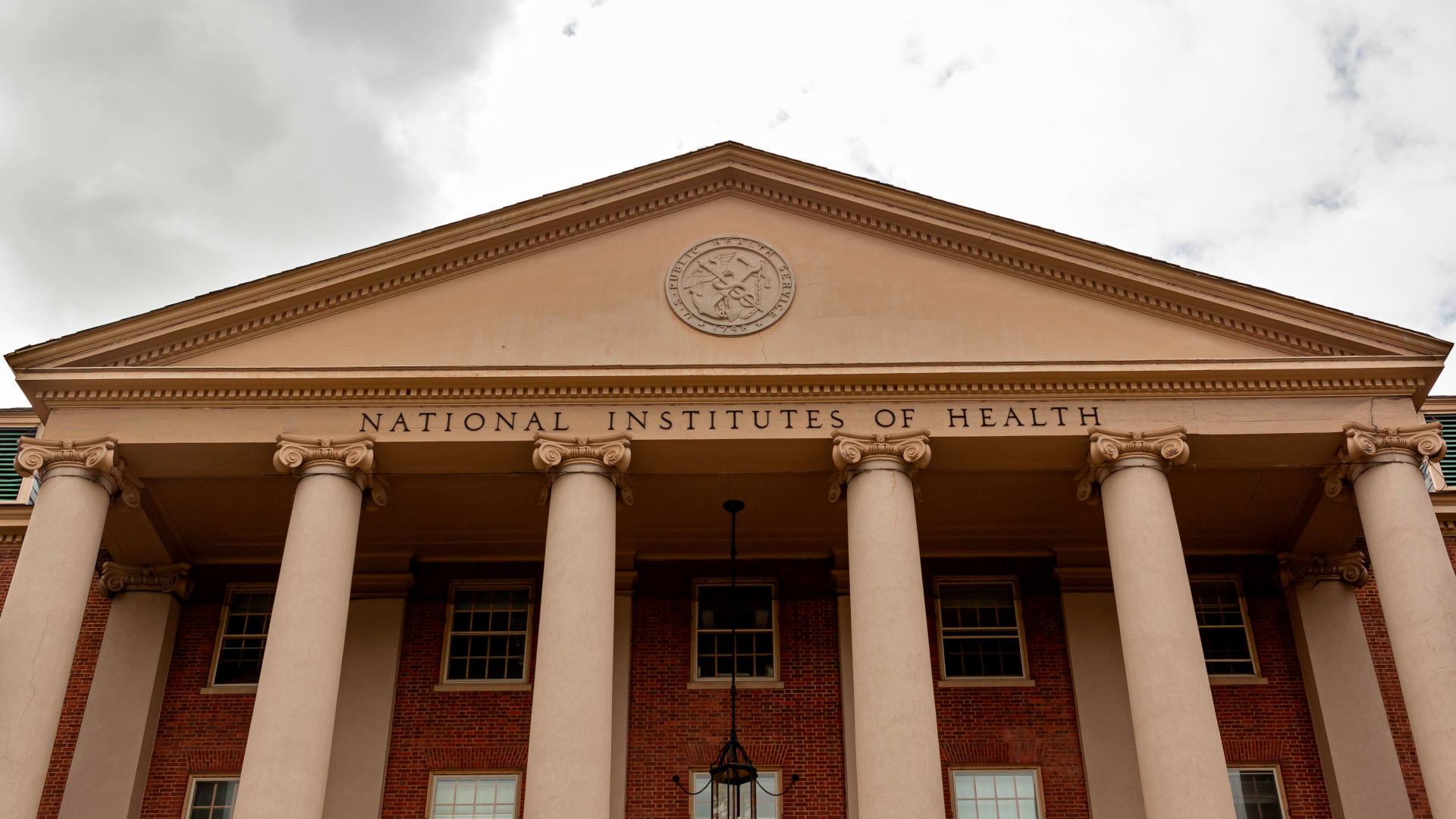To Alarm of Scientists, Federal Health Data Is Disappearing
Researchers and scientists are increasingly worried about the fate of federal government health data after the Trump administration took databases and surveys offline in late January, and they fear other federally maintained databases could be the next to vanish.
Democrats in Congress are worried too. There’s just not much they can do about it.
This story first appeared in NOTUS, a publication from the nonprofit, nonpartisan Allbritton Journalism Institute.
“Terrible, terrible, terrible policy,” Sen. Ron Wyden said. “I’m looking at ways to get that fixed.” He didn’t elaborate on what those ways were.
Sen. Elizabeth Warren agreed that limiting access to publicly funded research was bad, saying the administration’s policy “has to be stopped.” But she didn’t respond when asked if Democrats would be taking any action to back up other databases.
Teams of researchers are now sprinting to compile their own datasets and DIY sites. But there’s only so much they can accomplish if crucial resources disappear or stop being publicly updated.
“There’s a mountain of data I’m concerned about,” health data analyst Charles Gaba said. “The next big canary in the coal mine will be whether they post updates to the monthly Medicare, Medicaid, and CHIP enrollment data,” he said, adding that those data were last updated right before President Donald Trump’s inauguration.
Amy O’Hara, president of the Association of Public Data Users and a researcher at Georgetown, said she is also anxious about future updates to the affected datasets since even a temporary stoppage could jeopardize the integrity of long-running studies.
“It’s that sort of disruption that is equally endangering our ability to do research and evaluation to understand what’s going on in our community,” O’Hara said.
Some of the impacted data are critical to the response to ongoing threats like avian influenza. A Centers for Disease Control and Prevention database showing which strains of flu are currently prevalent — called FluView — was temporarily offline last month. If FluView were to be taken offline again, it could delay care for patients with H5N1 because it helps medical providers and epidemiologists know which strains to test for, said virologist Angela Rasmussen.
“The people I’ve talked to [at the CDC] and at NIH are really in this very fearful and very confused climate where they’re not getting any feedback from on top, and then they can’t communicate with anybody from outside the agencies,” Rasmussen said. “I don’t think anyone at these agencies knows what the plan is for this.”
“It’s that sort of disruption that is equally endangering our ability to do research and evaluation to understand what’s going on in our community,”
While the Trump administration’s stated goal of the changes to the CDC website was to purge any references to “gender ideology,” the result was that sites containing important databases like the Behavioral Risk Factor Surveillance System, a widely used health survey that goes back nearly 40 years, were not accessible.
BRFSS appears to be back online, but it’s unclear whether it still contains the full scope of its data. Other sites — like the PEPFAR data dashboards and CDC HIV surveillance reports — appeared to still be down as of Friday morning. Much of the CDC’s website now features a banner reading “CDC’s website is being modified to comply with President Trump’s Executive Orders.”
In response to a request for comment, a CDC spokesperson said via email that “all changes to the HHS website and HHS division websites are in accordance with President Trump’s January 20 Executive Orders, Defending Women from Gender Ideology Extremism and Restoring Biological Truth to the Federal Government and Ending Radical And Wasteful Government DEI Programs And Preferencing.”
Sen. Cory Booker said the missing information was going to have a “real-life impact on a lot of Americans.” But he added that “the levers” Democrats have to do anything about that “are limited.”
“But we’re going to use every single one, whether it’s procedurally calling it out, whether it’s trying to get some bipartisan support on this or ultimately trying to deal with some of this through courts,” Booker said.
“The people I’ve talked to [at the CDC] and at NIH are really in this very fearful and very confused climate.”
In the meantime, experts said that they are working to make the affected data available elsewhere, but it’s not the same.
“It can’t just be like, ‘Oh good, someone grabbed the data, and now I’m going to go to their site and use it,’” O’Hara said. “You want to make sure we’re doing this with integrity so that we have all of that information that has been taken from us.”
Disrupting access to data is tantamount to disrupting the programs that funded the data collection, said O’Hara — programs that Congress authorized.
“They need to understand that you can’t disrupt the data infrastructure, otherwise, what they said to do will be impossible. It’s connecting those dots that I think is really important,” O’Hara said.
One senator appeared to be taking some immediate action: Sen. Tim Kaine told NOTUS that he would speak with community health centers in Virginia about the impacts of the data disruption but said he doesn’t have a strategy for dealing with the issue right now.
Sen. Bernie Sanders brushed off questions about addressing the data takedown specifically.
“That’s not the approach,” Sanders said. “We’ve got to kind of broaden it.”
As for what Rasmussen would like lawmakers to do?
Get the staffers responsible out of government. “They shouldn’t have access to our sensitive health data,” Rasmussen said.
Margaret Manto is a NOTUS reporter and an Allbritton Journalism Institute fellow.











